#Women painters
Text


Elisabeth Sinding - Winter guests (1884)
428 notes
·
View notes
Text
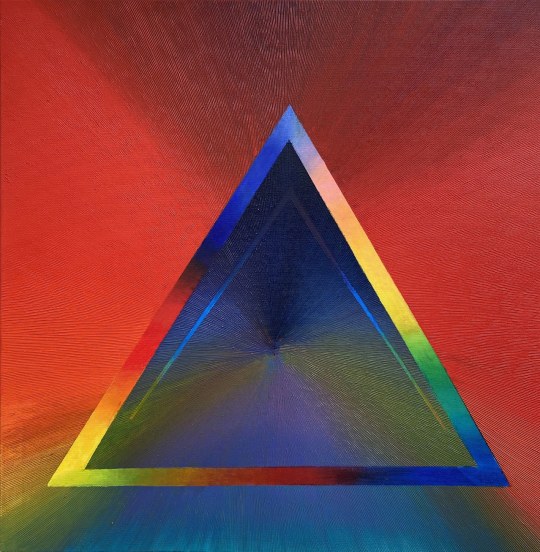
Anna Trochim — The Sense of Existence (oil on canvas, 2021)
95 notes
·
View notes
Text

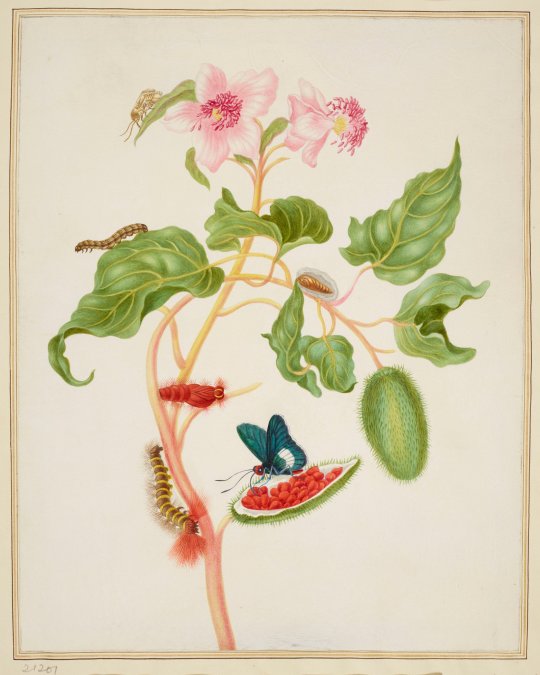

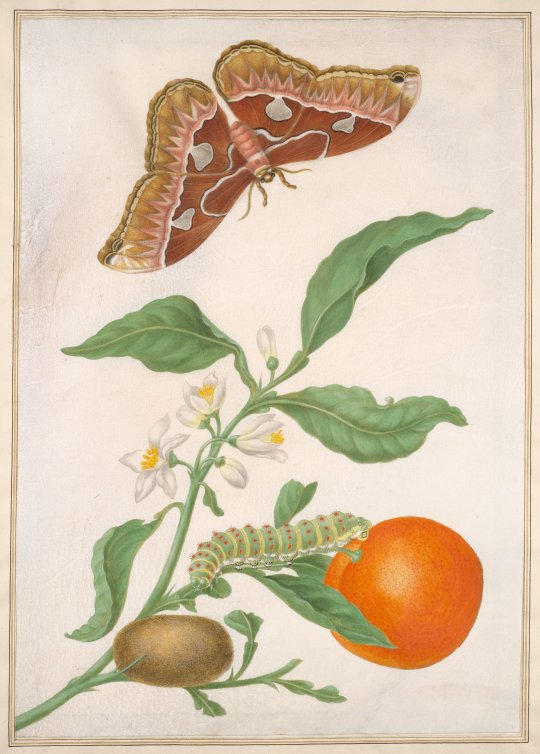




Maria Sibylla Merian (German, 1647–1717)
3K notes
·
View notes
Text
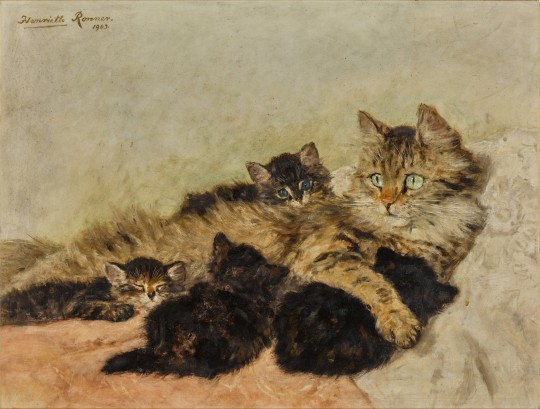
Henriette Ronner-Knip (Dutch, 1821-1909): Mother's pride (1903) (via Sotheby’s)
#Henriette Ronner Knip#women artists#women painters#art#painting#twentieth century#1900s#cats#kittens#dutch painters
1K notes
·
View notes
Photo

Swan Lake (detail), c. 2011. Anna Vinogradova (Russian, b. 1975)
#Swan Lake#art#artedit#art detail#Anna Vinogradova#women painters#Russian artist#ballet#contemporary art
3K notes
·
View notes
Text

Remedios Varo (1908-1963) ~ Mujer saliendo de psicoanalista (Podría ser Juliana), 1960. Oil on canvas | src MAMM
view & read more on wordPress
#remedios varo#psychoanalysis#women artists#surrealist women#surrealism#surrealist painter#women painters#mujer saliendo del psicoanalista#1950s#1960#painting#oil on canvas#remedios varo uranga
436 notes
·
View notes
Text

Leonora Carrington
Strength
(Tarot Card) ca. 1955
#leonora carrington#surrealist artist#surrealist art#surrealism#surrealist painter#surrealist painting#Mexican surrealists#women artists#women painters#woman artist#woman painter#tarot#tarot art#tarot cards#art on tumblr#modern art#art history#aesthetictumblr#tumblraesthetic#tumblrpic#tumblrpictures#tumblr art#aesthetic#tumblrstyle#beauty
554 notes
·
View notes
Text

Rosalba Carriera (Italian, 1673–1757), "A Young Lady with a Parrot" (detail), 1730
#Rosalba Carriera#art#painting#rococo#rococo art#italian art#18th century#18th century art#art detail#portrait#pastel#fine art#women painters#female artists
164 notes
·
View notes
Text
Guda: a medieval self-portrait
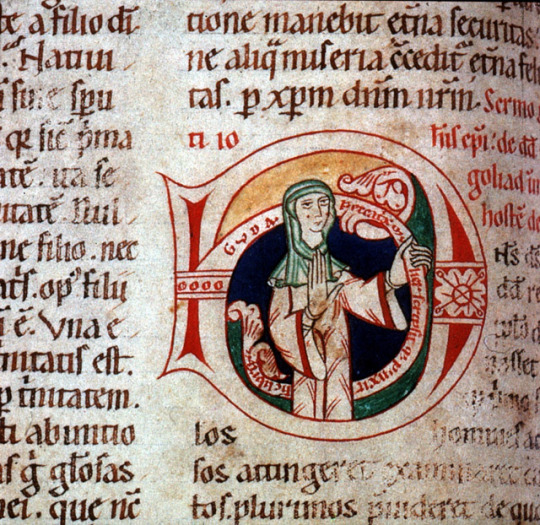
Self-portrait of Guda, homilary, Frankfurt, second half of 12th century.
"The first category of figures we have considered shows the artist present in the work or in the process of creating it. To that category, we add a second type of portrait or self-portrait, in which the artist beseeches a favorable judgment for him-/herself after the work is completed.
Such is the case with the famous signed self-portrait of Guda, who represents herself within a collection of homilies in an initial D[ominus] for the octave of the Pentecost. The inscription reads: “guda peccatrix mulier scripsit q[ue] pinxit h[un]c librum (Guda, a sinful woman, wrote and painted this book).” Of the seven initials in the manuscript, this D is one of only two that contain figures. The other historiated initial comes at folio 196, the opening of the Assumptio Mariae, and contains a portrait of the virgin identified as Maria Virgo. The other five initials display dragons, interlaces, ribbons, or spirals.
Guda represented herself firmly grasping the initial with her left hand and raising her right in a gesture of salutation and expectation. I would argue that Guda carefully and consciously chose to be here. The initial opens the ninth homily of St. John chrysostom, the Sermo beati iohannes episcopi de david ubi goliad immanem hostem devicit (Sermon of the blessed Bishop John, on when David overcame the monstrous enemy Goliath), which explains the election of David. The homily also offers an occasion to meditate on the gifts of the Holy Spirit and its role in comforting the soul. In short, Guda has chosen the perfect spot in which to await the Second Coming of Christ, and this is why she represents herself as a sinner, whose activity as an artist should count in her favor at the end of time.
Guda’s self-representation in this way is analogous to the scene the scribe Swicher has staged (for the reader?) in the frontispiece of his copy of isidore of Seville’s Etymologies. Swicher’s author portrait is most original. In the upper register, Isidore of Seville is depicted in conversation with Bishop Braulio of Zaragoza, the patron of the Etymologies. In the lower register, Christ in propria persona presides at the scribe’s last judgment. Two angels busy themselves at a balance in which is weighed the very manuscript Swicher copied. The work of the scribe counts as a work of virtue: a third angel takes Swicher’s soul away through a thick cloud, whereas the devil turns around empty-handed. The Titulus attests to this: "O god, deign to have mercy on this wretched scribe. Do not consider the weight of my faults. Small though the good things may be, let them be exalted over the bad. Let night give way to light; let death itself give ground to life.”
Guda and Swicher make use of the same patterns of visibility and those patterns are not gender-specific. In both cases, the artists stage their humility and represent their belief that they might reach the heavenly kingdom through the artistic work they have done."
Mariaux Pierre Alain, "Women in the making: early medieval Signatures and artists’ portraits (9th–12th c.)", in: Reassessing the Roles of Women as 'makers' of Medieval Art and Architecture
#history#women in history#women's history#12th century#germany#german history#middle ages#medieval history#medieval women#women's history month#women painters#female artists#educational#herstory#illuminations#marginalias#manuscripts#medievalism#guda
89 notes
·
View notes
Text
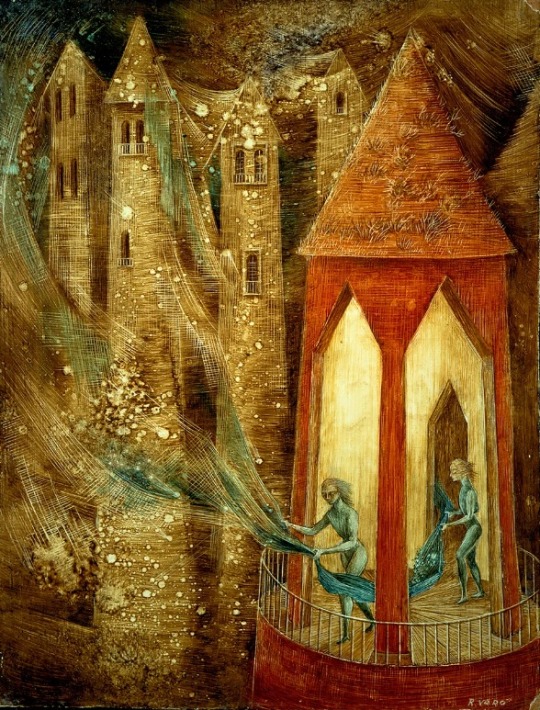
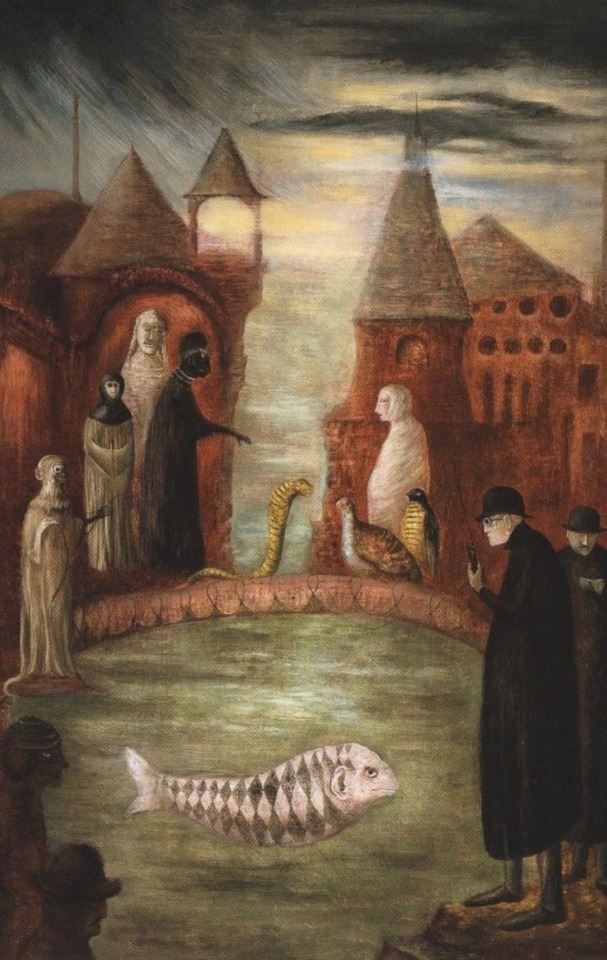


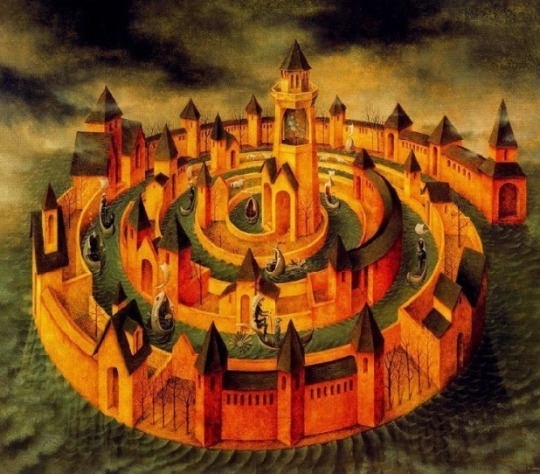
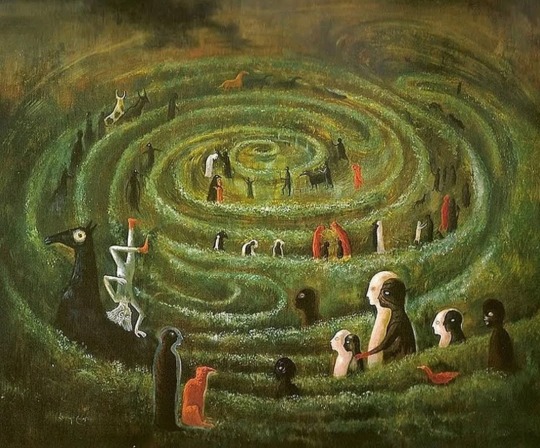
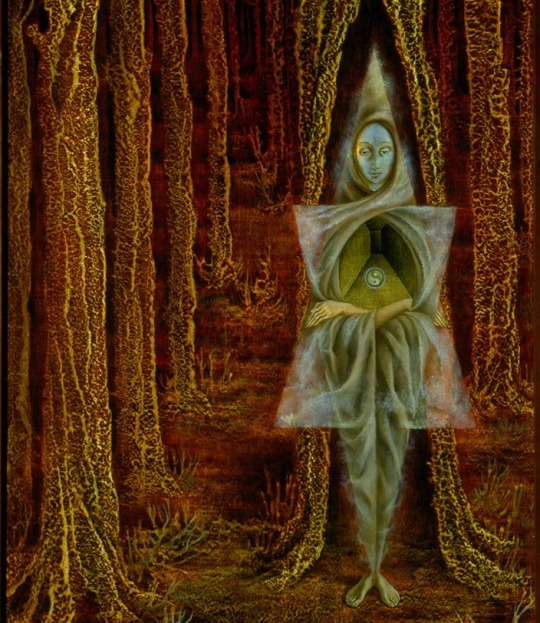

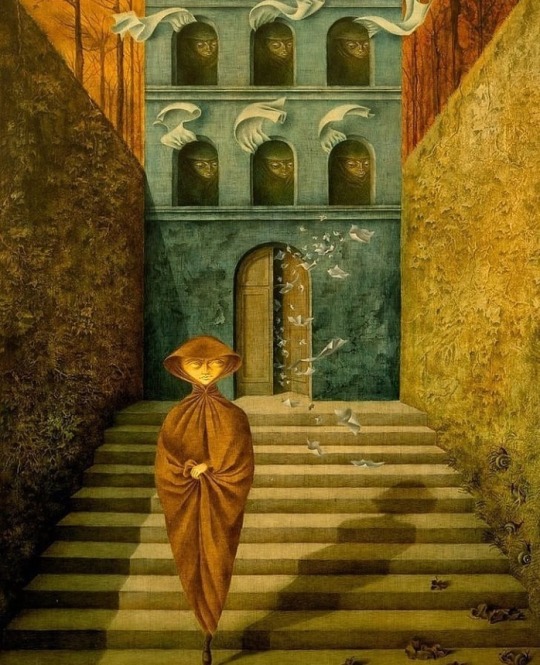

Paralelos entre algumas obras de Remedios Varo e Leonora Carrington. As duas artistas eram amigas intimas e viveram como expatriadas na mesma rua da cidade do México até a morte prematura de Remedios. Aqui vemos que muito além de uma mutua influencia mas uma verdadeira comunhão intelectual onde temas esotéricos, misticos e filosoficos que eram compartilhados pelas pintora-irmãs aparecem trabalhados dentro do estilo de cada uma em telas independentes.
A Tarefa (1955) - Domingo de Março (1990).
Transito Espiral - Labirinto (1991).
Voo Mágico - O Homem que Fez Isso Da Ultima Vez Não Fará Agora (1955).
Ermitão (1955) - Tapeçaria
Ruptura (1955) - Darvault (1940)
. Parallel between works of Remedios Varo and Leonora Carrington.
The Task (1955) x March Sunday (1990)
Spiral Transit (1962) x Labyrinth (1991)
Magical Flight (1956) x For The Man Who Did It Last Time Will Never Do It Now (1955) .
Hermit (1955) x Tapestry
Rupture (1955) - Darvault (1940)
#remedios varo#leonora carrington#painters#surrealismo#surrealism#art#modern art#women painters#women artists#oil painting#magical art
363 notes
·
View notes
Text

Ina Gregory (Australian, 1874-1964) - Fruit Blossom
265 notes
·
View notes
Text

Julia Curyło — Portrait with Filter (oil on canvas, 2021)
92 notes
·
View notes
Text

Cat Family by Marie Yvonne Laur (French, 1879-1943)
7K notes
·
View notes
Text

Eliza B. Duffey (American, 1838–1898): Still Life with Books, Peach and Butterfly (1865) (via Freeman's)
#Eliza B. Duffey#women artists#women painters#art#painting#for future reference#still life#books#reading#fruit#1860s#nineteenth century#american painters
694 notes
·
View notes
Photo



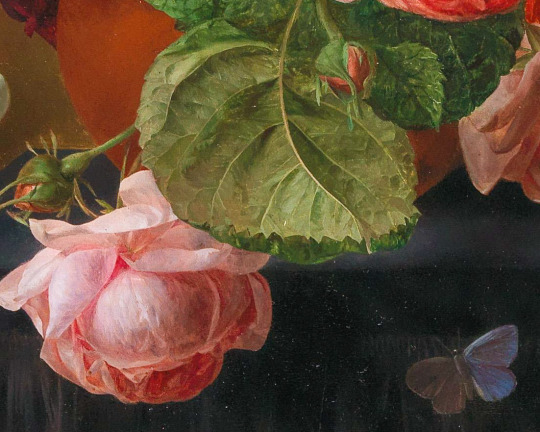
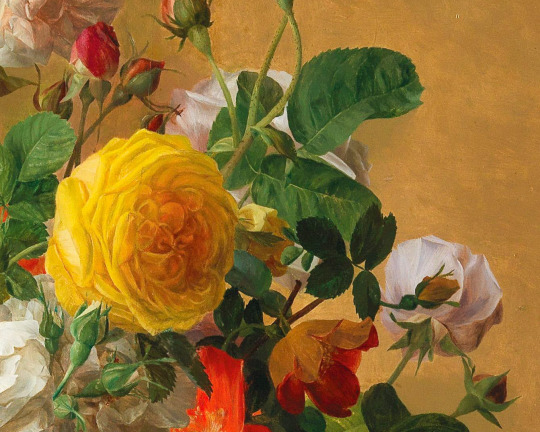
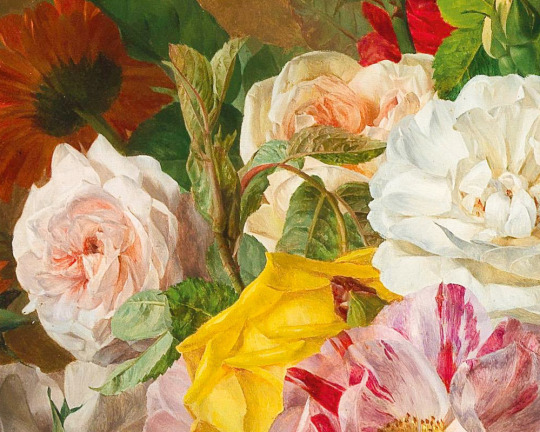
Still life with roses in a vase (detail), c. 1847,
E. Agathe Pilon
oil on panel
#Still life with roses in a vase#Art#Artedit#E. Agathe Pilon#french artist#women painters#still life#flowers#art detail
791 notes
·
View notes
Text

Wols (Alfred Otto Wolfgang Schulze; 1913-1951) ~ French modernist painter Sabine Hettner, ca. 1935 | src Christie's
view on wordPress
#wols#sabine hettner#women artists#no portrait#hidden face#portrait#hands#Alfred Otto Wolfgang Schulze#hande#mains#mani#manos#otto wols#Porträt#retrato#ritratto#1930s#portret#retrat#Bildnis#women painters#women portraits
159 notes
·
View notes